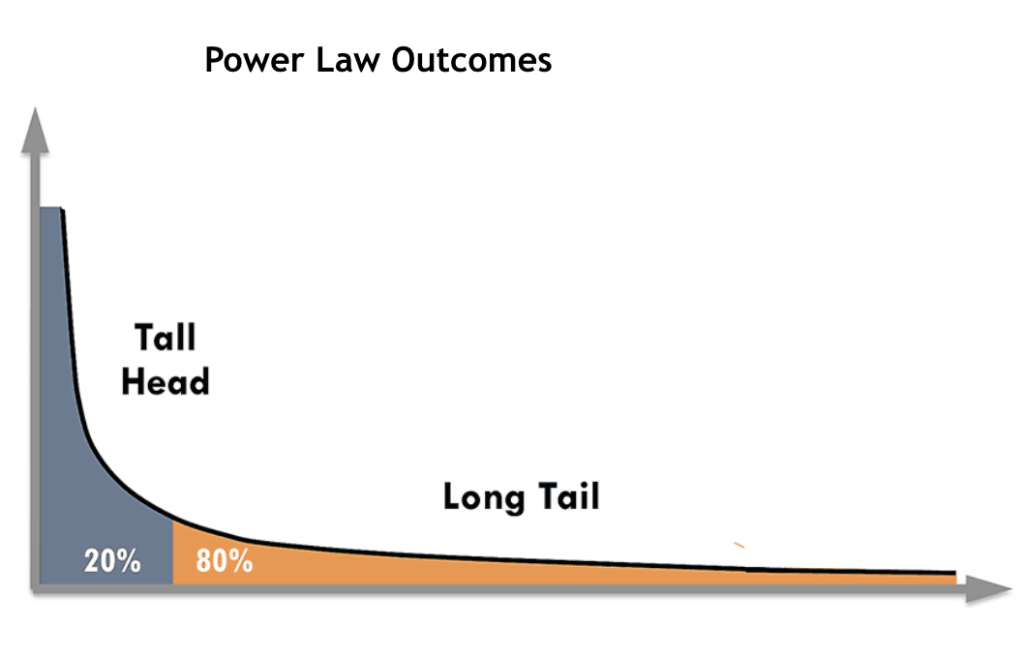· 7 min read
A Zeptolab Guide To Soft Launches

Dylan Tredrea
Head of Publishing at Zeptolab
The purpose of this post is to share what I would say to myself if I was able to travel back in time to my first day as a product manager starting out in the industry. It reflects what I think is one of the most under-appreciated parts of the work: running effective soft launches.
Too many games are ‘dying’ in soft launch. Too many teams don’t fully appreciate how markedly different a soft launch is from ‘regular’ live operations. This is something I personally wish I understood much better at the start of my career. It’s also something I find myself talking about a lot in my current role at Zeptolab Publishing, where I regularly meet with studios around the world.
So if I had a few minutes to prepare my ‘past’ self for the challenge of this industry? This is what I would say…
Review the Rules of the F2P ‘Game’
The first step in designing a strategy for soft launches is reviewing the ‘rules’ of the free to play ‘game’. From my experience, this is what you should look out for:
1. Power Law Curve Rules Everything Around You

The primary rule (and by far the most important) is that outcomes virtually always distribute on a power law curve. A tiny portion of your results will have a huge impact, a handful will have some impact, but the vast majority of efforts will have almost no measurable result. Studios, portfolios, games, features, AB tests… pretty much everything in our business outputs this kind of distribution. This is the hardest pill to swallow and by far the most vital. Once you start to think that your game, team, or studio is special and this rule doesn’t apply, you’ve doomed yourself to greatly underestimate the challenges that await.
2. Risk & Reward Are Related
The second rule to take note of is the strong, causal relationship between risk and reward. If you need a big improvement in KPIs to get that all-important green light, then you’ll need to take some big risks. It will never happen just by polishing the tutorial or tweaking drop tables. If you want to see a dent in your results, you need to make some big changes.
3. Soft Launch is the One Time You Can Take big Risks
The good news, though, is that soft launch is the perfect place to take big risks! After global release, you have to be much more careful, but it’s absolutely ok to ‘break’ the game in soft launch. I’m not gonna lie, it’s never fun when a soft launch has a terrible start, but at least with a well-run soft launch, you can take full advantage of the situation by taking the big risks which have a chance of saving the game.
4. Keep an open mind, and expect to learn
The other good news is that you’re going to learn (a lot). Yes, most things will fail, and you’ll have to take some big, scary risks to save a dying game. But with each discrete action you take, you’re learning something in return. A well-run soft launch will teach you many lessons, and each failure measurably increases the chances of the next change having a positive impact. So keep an open mind.
5. A Global Launch Will Always Cost Several Soft Launches
However, all that said, the final rule is that a global launch will always cost several soft launches. At the end of the day, this will always be a brutal funnel. The only way to make sure your studio does move forward with a global release is to have far more than one soft launch.
So if those are the rules of the game, what’s the dominant strategy for success? Simply put, it’s to make as many big, deep, and distinct changes as possible. And how do you know when it’s time to give up on a project? When you run out of big, deep, and distinct changes you believe in.

Avoid Common Mistakes
What is, by far, the biggest mistake teams make with soft launches? Waiting too long to soft launch! If you’re not really nervous about the release, then you’ve waited too long.
The best soft launches start with no sound, no tutorial, only a handful of content, and can even include some programmer art. Yes, KPIs will be lower but that’s precisely the point. By starting with that baseline you’ll be able to see exactly how much polish, additional features, and content matter to your players. There are no ‘universal’ rules in our business. For some games, a FTUE (First Time User Experience) is absolutely vital, for others you could turn it off and see no measurable difference.
Those early lessons are mission-critical. First, it’s to make sure you’re not wasting time on something with no potential. But more importantly, it’s to arm the game team with key lessons about what matters to your audience. This is the only ‘real’ way to fight back against the power-law curve: steadily learn more and more about your audience so that each update will increase probability and success.
Align Operations, Risk Tolerance with Goals
Always be keenly aware of your goals. If you’re quite close, then, by all means, take careful, measured steps. But, if your game is really far away from getting the green light, you should be embracing risk throughout the project: up to and including operations & processes.
There’s no need to wait for a .05 P-value or D30 if your game could get canceled at any moment. Once you see a clear indication in a test or the ratio between D3:D1 or D7:D1 improving, push the changes live and move onto the next thing.
It’s a bit outside the scope of this post, but there is a real strategic advantage to being able to make decisions with less data than your competitors. In Jeff Bezos’ 2016 shareholder letter, he spoke about making calls with, “70 percent of the information you wish you had. If you wait for 90 percent, in most cases, you’re probably being slow.” Soft launches are a great place to sharpen this key skill.
If you’re taking this high risk, then the aggressive approach may seem like you’re behaving irresponsibly, but in fact, the math is on your side. Measuring a +3% uplift requires a lot of users for a confident result but measuring a +25% uplift is quite easy! If your game is far away from where it needs to be, accurately measuring small improvements is a huge waste of time.
So don’t worry about the margin of error or significance if your title is struggling. The one benefit of this situation is that it makes product analysis a rather simple affair.
Remember: Leadership Support is not Optional

Thanks for reading my rambles. Before you go, it’s crucial to note that the above can only happen when game teams have strong leadership support. Your team won’t take big risks (that could save a sinking game) if they are worried about getting into trouble. There’s nothing more frustrating than running a soft launch where leadership doesn’t let you maneuver and all you can do is tinker around the edges while the game slowly dies.
Alternatively, there’s nothing as invigorating as getting the freedom, resources, and often emotional support to do everything you can to save a game on the ropes.
If you have any questions or thoughts, feel free to contact me on LinkedIn.